Mountaineering in Jammu & Kashmir Himalayas
Kishtwar
West of Lahaul along the Chandrabhaga river, which becomes the Chenab, is Kishtwar. Now due to the political troubles there, it is not easy to reach there and a thorough knowledge of prevalent conditions is a prerequisite. To climbers, it offers treats like Brammah I (6416 m), Brammah II (6425 m), Sickle Moon (6574 m) and Hagshu (6300 m). It is one of the most challenging and difficult areas if one’s entry and exit is safe.
Ladakh
Ladakh is sometimes called ‘Little Tibet’. It has a landscape and culture similar to that of Tibet. Caravans used to pass through Leh on the way to and from Central Asia. Almost all the valleys of Ladakh are now open to foreigners. The area of Panggong lake has Kakstet peak (6442 m) and the highest unnamed peak in the world (6725 m).
In south-east Ladakh, in the Rupshu valley, there are peaks as high as 6600 m around the beautiful lake of Tso Morari. The highest amongst them is Lungser Kangri (6666 m) neighbouring, Chhamser Kangri (6622 m).
Zanskar
Entire barren valleys of Zanskar, south of Ladakh were once inaccessible. But now a road runs through its centre. Hundreds of trekkers cross over to Padam in Central Zanskar. This is rapidly becoming one of the world’s most popular trails.
For serious climbers, there are high peaks like Nun (7135 m) and Kun (7087 m). For the others are peaks like Zanskar 1 (6181 m) and Zanskar 2 (6175 m). All these peaks arouse interest and excitement.
Kashmir
The valley of Kashmir was known for centuries for its beauty. Caravans passed through it. In recent times, trekkers and campers flocked to it. Early climbers attempted the small peaks in the south. For instance, Kolahoi (5425 m) and Haramukh (5143 m). A large area around Sonamarg was visited by British climbers. The Climbers Guide to Sonamarg published by the Himalayan Club is an excellent reference book.
Eastern Karakoram
The valleys in the extreme north of India are those of the Eastern Karakoram. These form a special group in the Great Karakoram Range. It has some very high mountains, many of them still unclimbed some climbed only in recent years.
Records reveal that this area was visited in 1821. Dr. T.G. Longstaff went there in 1901. From 1914 to 1922 several Italian and European expeditions climbed here. Col J.O.M. Roberts undertook explorations in 1946. After this, the area was closed for many years. In the 1970s different Japanese teams crossed over from Bilafond la onto the Siachen glacier and climbed peaks like Teram Kangri I (7462 m) amongst others. The Japanese mountaineers were very active here, and climbed many difficult peaks. Then, once more, the area was closed to all for many years.
In 1984 members of a Japenese expedition became the first foreign mountaineers to be allowed into this area from the Indian side. They climbed Mamostong Kangri I. The following year an Indo-British team climbed Rimo III and a few other peaks in the Terong Valley. Some peaks on the Siachen glacier were climbed by the Indian Army. There are still several enigmatic peaks in the Siachen Muztagh like Saltoro Kangri I and II.
The second group of mountains in the Eastern Karakoram is that of the Saser Kangri. This particular peak was approached by Col. Roberts and finally climbed from the eastern side by an Indian team. A Japanese team made the first ascent of Saser Kangri II West (7518 m). The eastern peak of Saser Kagri II remains one of the highest virgin mountains in the area.
The third group is that of Rimo Muztagh. The famous Central Asian trade-route over the Karakoram Pass goes this way. Chong Kundan I (7071 m) was climbed in 1991 by an Indo-British team. Chong Kundan II (7004 m) is still unclimbed.
The valleys of Eastern Karakoram are open to joint ventures between Indian and foreign mountaineers. Permits for climbing are readily available for almost any peak here.
Source: indmount.org
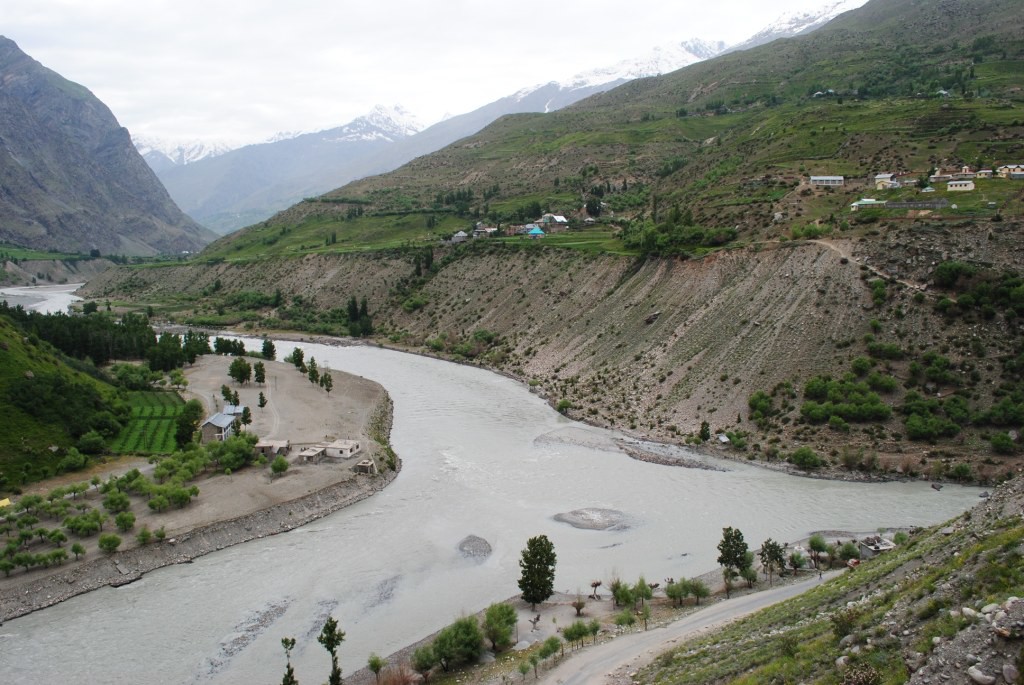
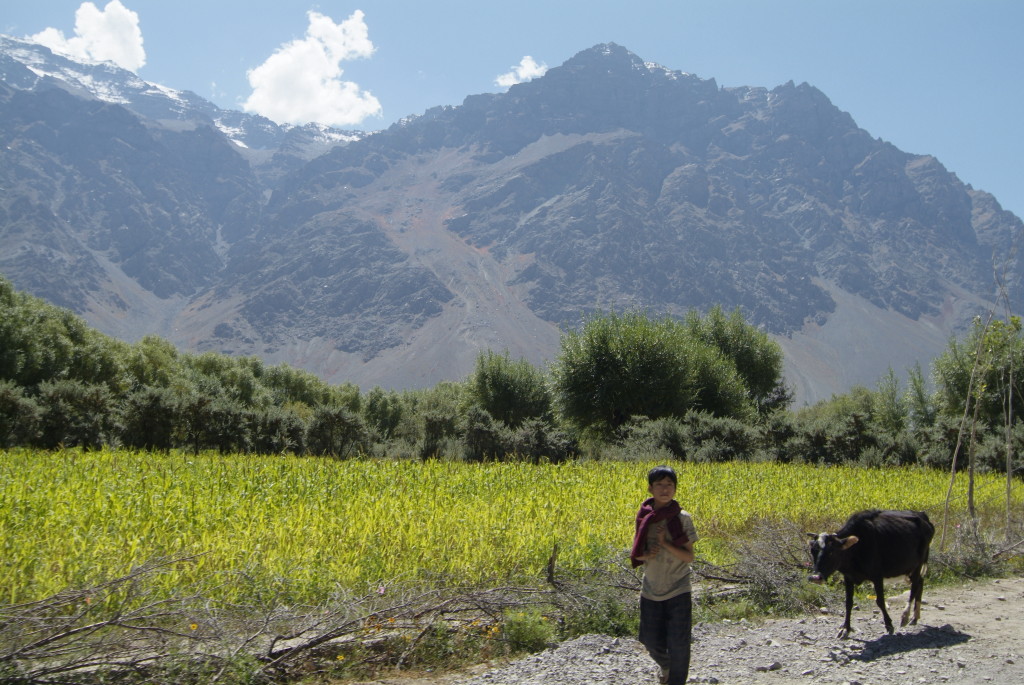
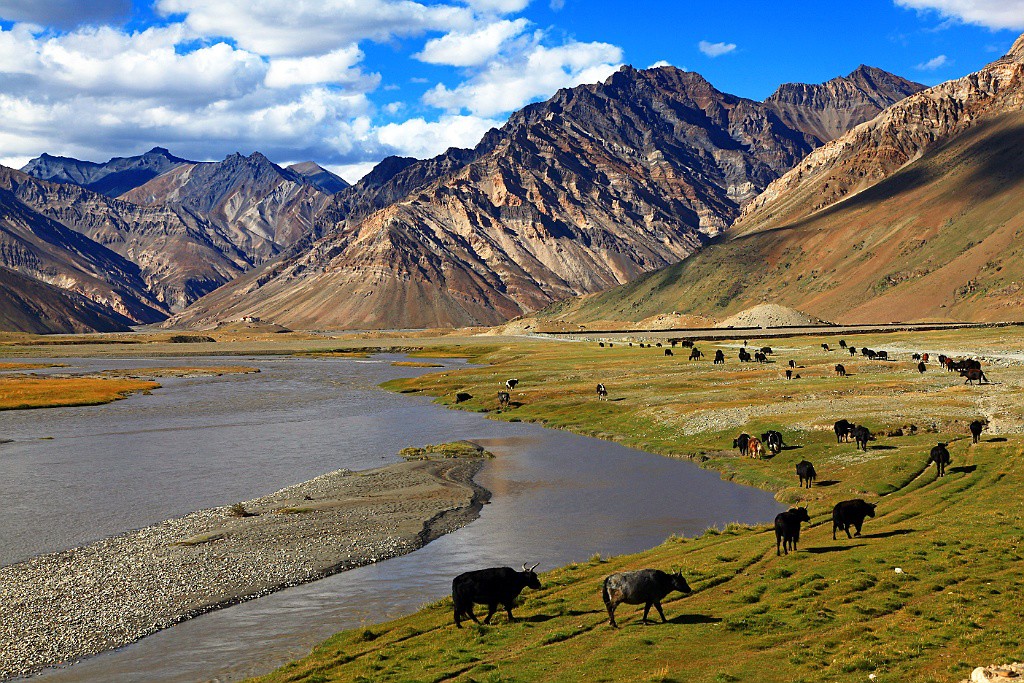
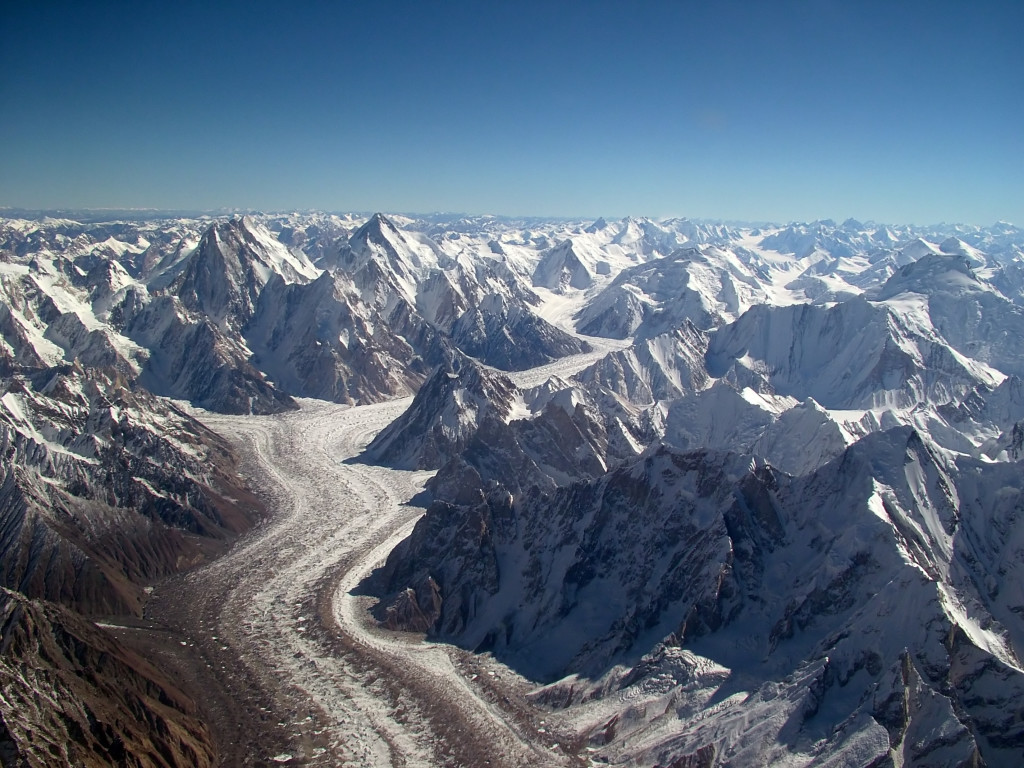
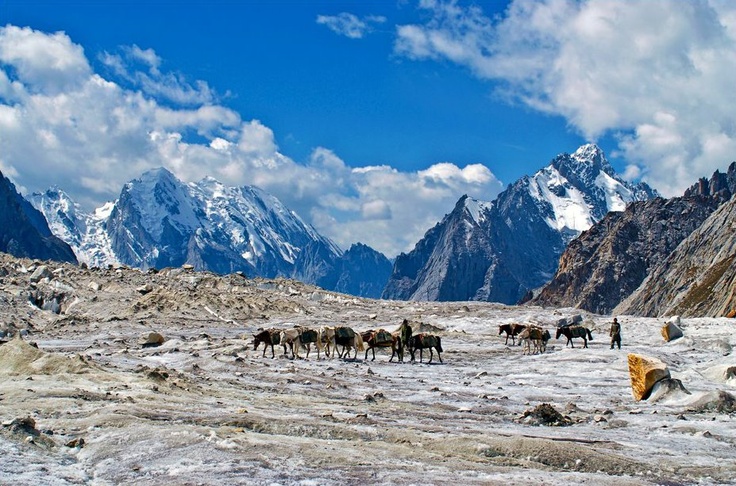
I have read your blog very nice and informative blog . Thanks for giving a very important information about Jammu & Kashmir Himalayas. Your blog inspired me for going these location Soon. I will share your blog with my all friends. Thanks.
hello we ere interested in more information about the valley and alternatives to atent , reallyt thenks for you web and info , and price for the climb Chong Kundan II (7004 m) or others alternattives
thanks
cristobal
I know this site gives quality depending articles
or reviews and additional information, is there any
other web site which offers these things in quality?